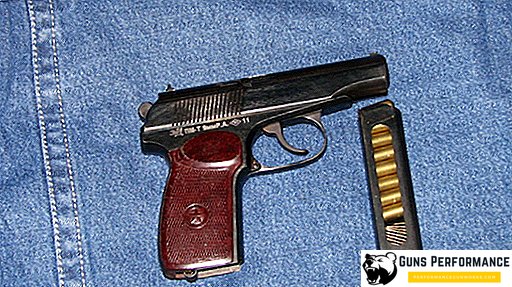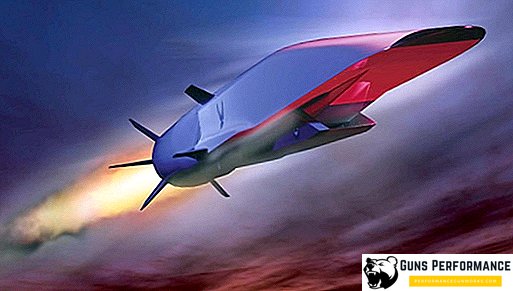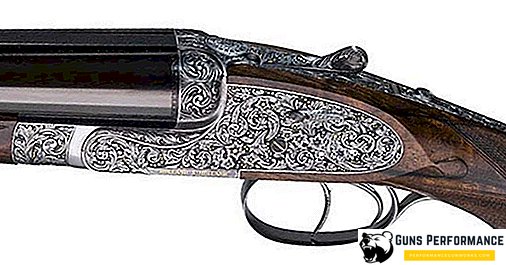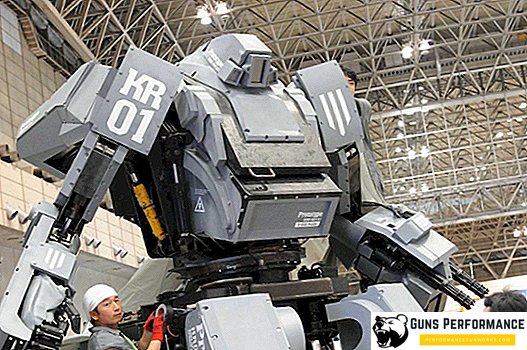The Airbus A321 is an extended version of the Airbus A320. Developed by Airbus in 1994. Production and commercial operation of the liner continues to this day.
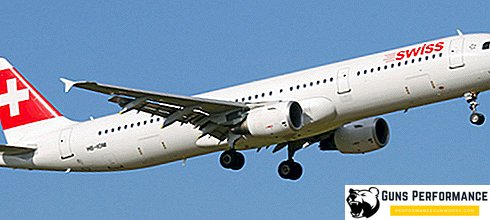
Interior layout and location of the best places
The passenger cabin A321 may have a different number of seats depending on the layout. With a two-class layout (business and economy classes) the plane has 185 passenger seats; with a single-class (only economy class) - 220. Since the Airbus A321 with a two-class layout is more common, it makes sense to dwell on this version of the passenger compartment in more detail.
Business class is located in front of the aircraft Airbus A321 and takes places with row numbers from 1 to 7 (according to the scheme of the cabin). These places are distinguished by increased comfort, a large distance between the seats and a more varied menu than in economy class.
The best in business class, of course, are the places near the windows. This is explained by the fact that they are not at the very aisle, and passengers have the opportunity to have a better rest in flight and enjoy the breathtaking view from the window.

Unsuccessful for business class are the places in the first and seventh rows according to the scheme. The inconvenience of the first row is due to the fact that they are located close to the toilet and office space, which will be the reason for the constant movement of passengers and attendants here. It is worth adding to this the constant sound of the doors and the lighting that works even at night - and you can forget about a quiet rest. Seventh row seats in business class also have their drawbacks. The main one is the location immediately behind them of a thin partition that separates the cabin from the economy class. For this reason, the sounds of the noisier economy class, of course, can interfere with the passengers of the seventh row.
Immediately after the business class is an economy class lounge, with one central aisle and rows of seats arranged according to the 3-3 scheme. Economy class seats, according to the scheme, occupy rows from 8 to 31. Economy class has comfortable soft seats with backs that can fold out at a certain angle. The distance between the seats in this class is not as large as in a business class, and is approximately 80 cm.
The best for economy class are places in the 8th row. They are such because of their location: in front of these places there is only a partition separating business and economy classes, which means that there is more than enough legroom. Also among the best are the seats in the 20th row (according to the diagram) and marked with letters A and F. This is due to the lack of seats in front of them, which also provides more room for the legs.
The most unsuccessful for the economy class are places located in rows 18 and 19, which are located near the toilets and office space. The same can be said about the places of 31 rows, near which the queue to the toilet is almost constant, which does not allow passengers of these places to rest normally in flight. Therefore, when booking seats on a plane, the above mentioned places will not be the best choice.

Airbus A321 modifications
There are two modifications of the A321. These are the Airbus A321-100 and the Airbus A321-200.
A321-100 is the first version of the Airbus A321, developed in 1993. The first flight of the modification was carried out in March 1993, and in the same year the aircraft Airbus A321-100 was certified. Since 1993, the same and began its mass production. The power plant of the modification is represented by two engines CFM56 (designation A321-110) or V2500 (designation A321-130). Serial production of this version continues from 1993.
Airbus A321-200 is a modification of the Airbus A321 with increased take-off weight and flight range. Initially, this option was created as a competitor to the medium-haul Boeing-757-200 aircraft. The development of the Airbus A321-200 began in 1994 and ended in 1996 with certification of this model. The first customer of A321-200 was the German airline Aero Lloyd, which ordered the plane back in 1995, during its development. Serial production of the Airbus A321-200 was started in 1996 and is still ongoing.

Characteristics of the aircraft
The Airbus A321 is a narrow-bodied medium-haul passenger aircraft. A feature of the liner is that in its design by 20% consists of composite materials. This made it possible to significantly increase the strength of the Airbus A321’s hull, especially during congestion and in adverse weather conditions.
The Airbus A321 aircraft uses French EFIS avionics complexes, which provide monitoring of engine and onboard electronic systems. Additionally, the electronics on board the A321 provides pilots with the necessary aeronautical information, which significantly reduces the likelihood of the aircraft deviating from the course, and also provides more confident control of the airbus in difficult flight conditions.
| Dimensions | |
| Length m | 44,5 |
| Wingspan, m | 34,1 |
| Height, m | 11,8 |
| Wing area, sq. M | 122,4 |
| Weight | |
| Max. take-off weight, kg | 83 000 - 93 500 |
| Max. landing weight, kg | 73 500 - 77 800 |
| Empty weight, kg | 48 100 |
| Max. mass without fuel, kg | 71 500 |
| Max. payload, kg | 23 400 |
| Capacity of fuel tanks, l | 23 700 - 29 680 |
| Flight data | |
| Flight range with max. loading, km | 5 000 - 5 500 |
| Max. cruising speed, km / h | 840 |
| Maximum speed, km / h | 890 |
| Ceiling (max. Flight height), m | 11 900 |
| Runway length, m | 2 180 |
| Run length, m | 1 580 |
| Engines | CFMI CFM56-5A / 5B, |
| 2 x 13600-15000 kgf | |
| IAE V2500-A5, | |
| 2 x 13600-15000 kgf | |
| Passenger salon | |
| Number of seats (single class) | 220 |
| Number of seats (two class) | 185 |
| Interior width, m | 3,7 |
Advantages and disadvantages of the Airbus A321
The main advantage of the Airbus A321 is its fairly high, even after more than 20 years from the start of operation, flight performance. Its high payload and passenger capacity is more than decent by the standards of medium-haul aircraft. Another positive feature in the image of this liner is the spaciousness of its passenger compartment, which provides passengers with a more comfortable flight. The high soundproofing of the cabin of the Airbus A321 is also undoubtedly an important advantage. Coupled with very comfortable and soft passenger seats, all this allows us to conclude that the cabin is truly impeccable for a quiet and comfortable flight.
However, the fact that the Airbus A321 was developed and put into mass production more than 20 years ago (especially its modification A321-100), makes some technical solutions used in the design of the aircraft obsolete. In this regard, the aircraft currently has many competitors, to compete with which every year it is becoming more difficult.

Conclusion
Airbus A321 operated since 1993 to this day. It makes no sense to argue that only good cars are able to stay on airlines for such a long time. Nevertheless, with the advent of more powerful aircraft of the Airbus concern, the end of days of this “workhorse” is getting closer.





